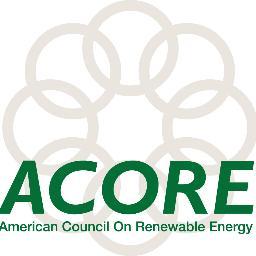Types of Renewable Energy

Biomass
Daniel Tobin leads as senior investment officer and senior director or the US Department of Energy (DOE) in Washington, DC. There, Daniel Tobin helps the DOE invest in promising clean energy projects.
An energy source is defined as renewable if it can produce electricity while naturally and continuously regenerating. In general, these sources fall into one of five categories.
Biomass, or renewable organic material, can come from an organism that is or has been recently living, and wood is a particularly common example. It is also possible, however, for technology to generate energy from such biomass materials as municipal solid waste (garbage), landfill gas, and plant oils (biodiesel).
Currently, however, the most prevalent source of renewable energy comes from hydropower. Generated from moving water, it created 6 percent of all electricity and 46 percent of electricity from renewable resources in 2015.
Wind also generates electricity across the United States, as does solar energy. Both have powered human activity for many years, though large-scale implementation and use of electricity generation have only become popular through contemporary scientific advancements.
Such advancements have also led to the use of geothermal energy, which is the natural byproduct of radioactive decay deep in the earth. Scientists continue to investigate the potential and limitations of all of these energy sources, so as to minimize human reliance on fossil fuels and other non-renewable resources.


You must be logged in to post a comment.